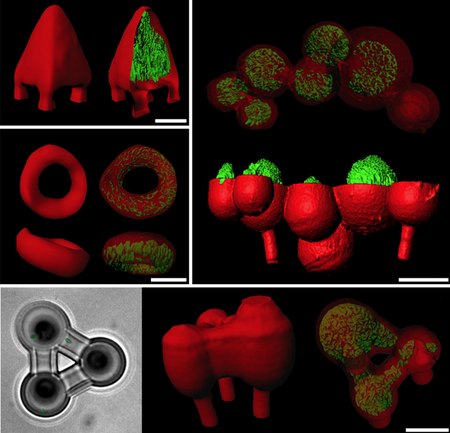Researchers at the University of Texas at Austin have developed a new technique for studying bacterial growth through an ingenious use of 3D print technology.
The issue being solved is the study of bacterial growth. Present techniques involve petri dishes and similar vessels that, compared to a bacteria, are utterly massive. It is difficult to study bacteria group behavior, particularly when examining interactions between different species.
The problem was solved by 3D printing microscopic “cages” that contain selected groups of bacteria. According to a report on PhysOrg, the bacteria are suspended in a special solidified gelatin solution that has incorporated photo-curable agents. A DLP projector illuminates layer after layer of the gelatin, gradually solidifying a “cage” in which the bacteria survive.
By creating tiny capsules of bacteria in this way, the researchers have invented a way to easily observe interactions between different bacteria groups, much like they would normally do in real infections. They can also package them up and ship them safely to other researchers.
Via PhysOrg


